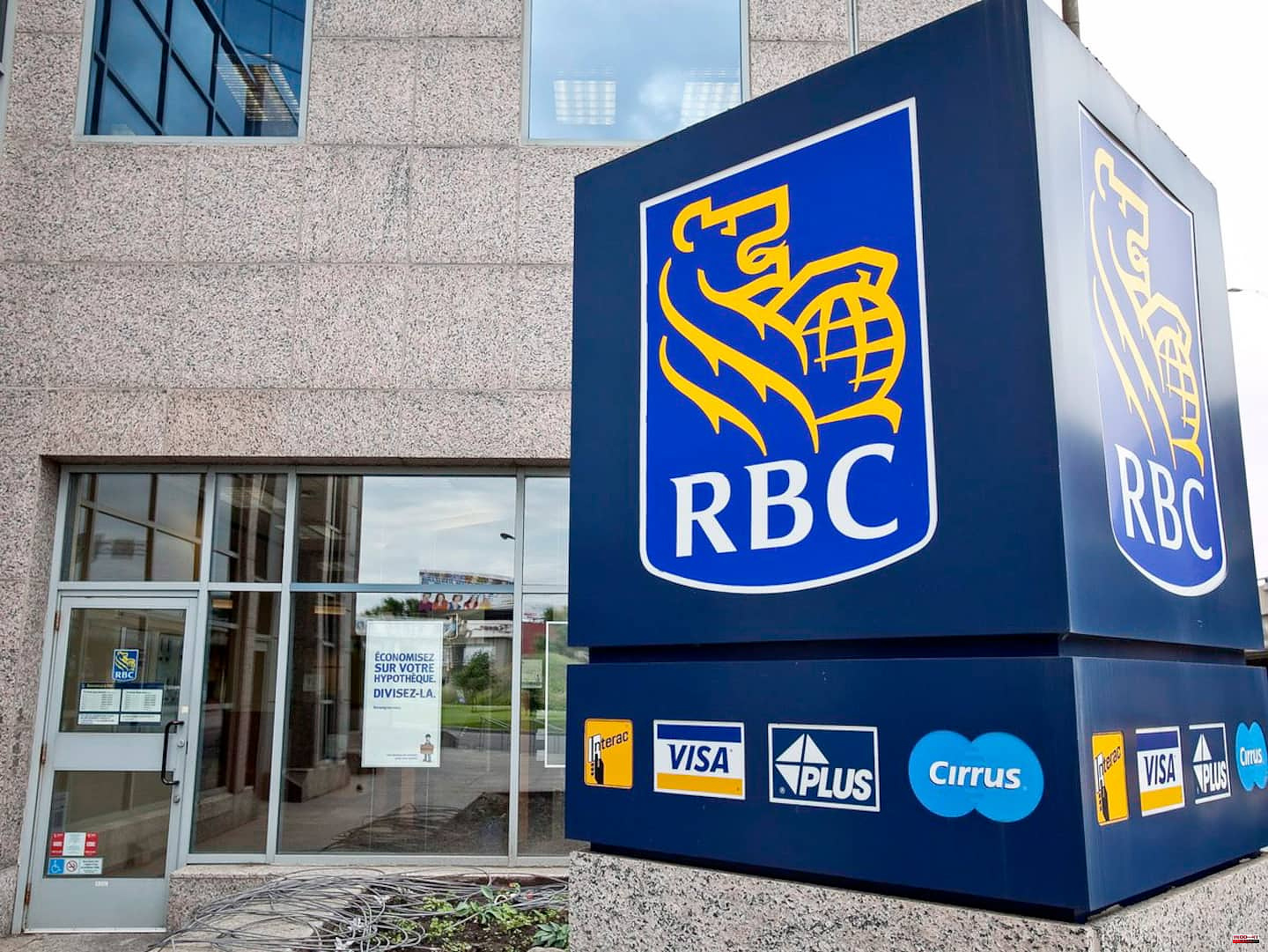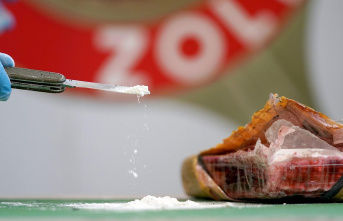We must not hide our face, many bankruptcies are on the horizon. With the end of government aid, rising interest rates and spiraling inflation, the situation is like a ticking time bomb.
Several financial institutions are preparing for the worst. The number of companies that can no longer make ends meet could explode in the coming months. According to my information, several banks have increased their staff in the special loan and collection departments. This is particularly the case at RBC.
We expect to see several over-indebted companies fall. Generous government aid programs could blow up in their face. This is the case for the Credit Program for Highly Affected Sectors (PCSTT) offered by Ottawa during the pandemic.
The wall
There are 15,334 companies, gyms and restaurants in particular, which have received this aid. Hard hit by the lockdowns, they received between $25,500 and $1 million...and the deadline is fast approaching. Within weeks, most will have to start paying back all that loaned money at 4% interest.
“A lot of companies just won't make it. They're going to hit a wall,” an investment banker told me, who doesn't want to be identified because his financial institution doesn't allow him to talk to me.
"Restaurants that have a turnover of $500,000 a year have gone into debt of $250,000, which is unsustainable," he worries. In a few weeks, they will have to repay the capital, interest and face inflation. Many will fall. »
3.4 billion dollars were lent via the PCSTT, on the condition of being repaid over a period of 10 years. With galloping inflation, labor shortages and the current stock market crash, good luck to businesses in finding the necessary funds!
Wave of insolvency
On several occasions, since March 2020, analysts predict that the economy will hit a wall of insolvency. But that scenario has yet to come to fruition...at least not until today.
In the past two years, we have never seen so few companies forced into bankruptcy. One of the main reasons is simple to understand: they didn't have to repay government-backed loans to get through the pandemic.
But coming back to reality could prove very difficult.
“To give you an idea, a gym that borrowed $1 million to get through the crisis will now have to repay up to $140,000 every year for the next ten years. It's quite a burden for a small SME, "explains the worried banker.
Warning signs
Already, last Friday, Le Journal reported a 34% increase in insolvency cases among Canadian companies compared to the first quarter of 2021. This is the largest increase in companies in difficulty since 1991.
It will be difficult to avoid a wave of bankruptcies in the coming months. The horizon is darkening for companies that have balance sheets boosted by emergency measures.
Behind the scenes, the pressure is strong for governments to turn part of their emergency loans into a direct grant.
“The feds lent a lot of money to companies that were already struggling before the pandemic. When the time comes to repay this aid, in a few weeks, I anticipate many closures and job losses, ”says another source from the banking sector, which oversees the accounts of a hundred Quebec SMEs.
Not to mention inflation...
Jean-Daniel Breton, President of the Canadian Association of Insolvency and Restructuring Professionals (CAIRP) agrees.
“The number of companies declaring bankruptcy or filing a proposal is increasing. The situation is likely to get worse due to the stress caused by inflation, and as the cracks start to appear after the withdrawal of pandemic-related government aid,” he warns.
After the tidal wave of confinements, often stricter in Quebec, we will be able to fully assess the damage of the pandemic within a few weeks.
With government aid now turning into a financial drag, expect another shock that could prove brutal, and some companies are already beginning to hold their breath.
1












